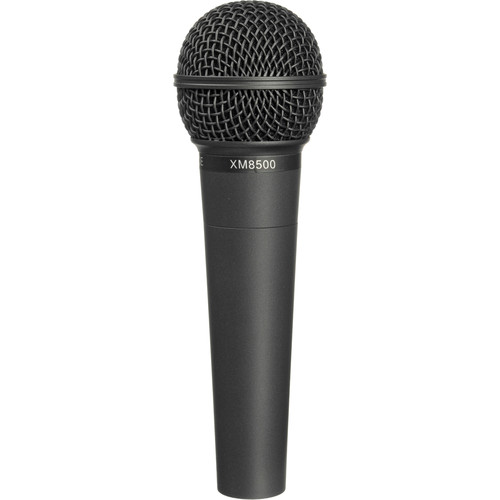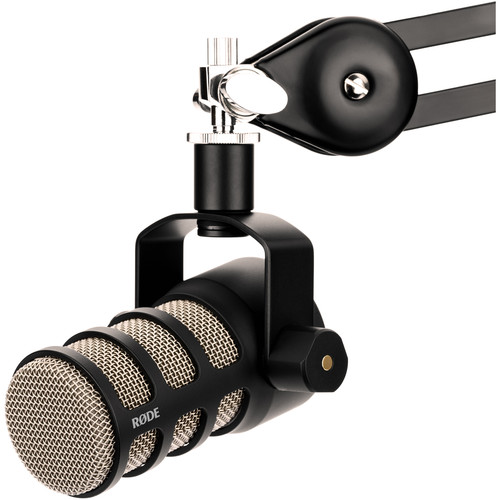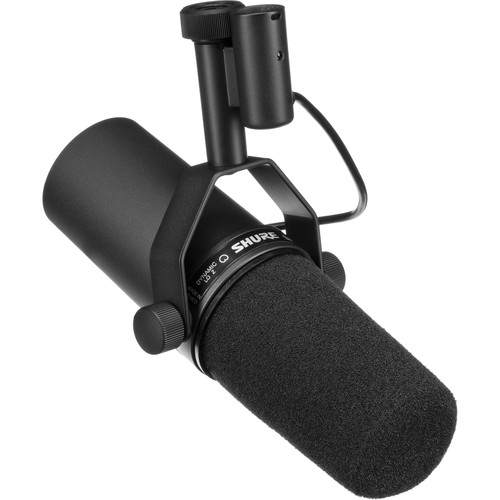A Podcasting Series
The Microphone Purchasing Guide
This is a quick guide for those looking to buy a microphone(s) to start a podcast. It attempts to offer solutions that can broadly be used by anyone looking to get into podcasting. Becoming good at podcasting is a journey though, so making due with what you have first would be my starting recommendation. If you want to jump right in though, read on.
Need to buy a few?

Behringer Ultravoice XM8500 - $25 USD
As
with all the recommended microphones on this list, this is a dynamic
microphone with an XLR interface. It is as cheap as they come, yet it
gets the job down quite well. Don't let the low price fool you though as
it still needs added accessories: mic pre-amp interface, XLR cables,
stand, and perhaps a pop-filter.
Feel pro on a budget

Rode PodMic - $99 USD
This little guy is relatively new to the scene so it may not be available everywhere yet. It was designed specifically as an affordable podcasting mic and it excels there as a result. An added pop-filter may be still needed, but that depends on your microphone technique. It also won't sound as smooth as microphones that cost twice as much, but until you can master your mic technique that will be a lesser issue.
The most wished for

Shure SM7B - $399 USD
Love it or hate it, the best podcasting mic is this classic. It's everywhere on YouTube for a good reason -- it works well and it sounds pleasant. It begs for a good mic preamp to give it the respect it deserves though, so be prepared to spend.
Honorable Mentions
What I didn't mention were any condenser, lav, shotgun, or USB microphones. They have their applications and I'd strongly recommend them to certain users, but not to the general audience.
Condenser mics are pretty great if you have a professionally treated studio to work in as they do not reject room noise very well. Someone who actually would benefit from using one likely wouldn't need a random online beginners guide to help them make that choice.
Lavalier mics can be had very cheap and can be great if recording a fidgety guest or all you have is a smartphone with you. Great for video interviews in a well-treated room also.
Lastly, USB microphones can sometimes be the most cost effective and easy solution for a podcaster since they save on needing preamps and cables. I would only recommend this option if you intend to be recording alone or remotely. For a PC game streamer, they definitely could be a great option.
Stay Tuned.
Condenser mics are pretty great if you have a professionally treated studio to work in as they do not reject room noise very well. Someone who actually would benefit from using one likely wouldn't need a random online beginners guide to help them make that choice.
Lavalier mics can be had very cheap and can be great if recording a fidgety guest or all you have is a smartphone with you. Great for video interviews in a well-treated room also.
Lastly, USB microphones can sometimes be the most cost effective and easy solution for a podcaster since they save on needing preamps and cables. I would only recommend this option if you intend to be recording alone or remotely. For a PC game streamer, they definitely could be a great option.
Next, buying a microphone preamp and computer interface
In our upcoming next article of A Podcasting Series, we will be looking at what else will be need to start podcasting, starting with a microphone preamp and audio interface. This will apply to those who have purchased an XLR-based microphone, as recommended above, and then we will carry onto other accessories, software, and setup tricks.Stay Tuned.
Comments